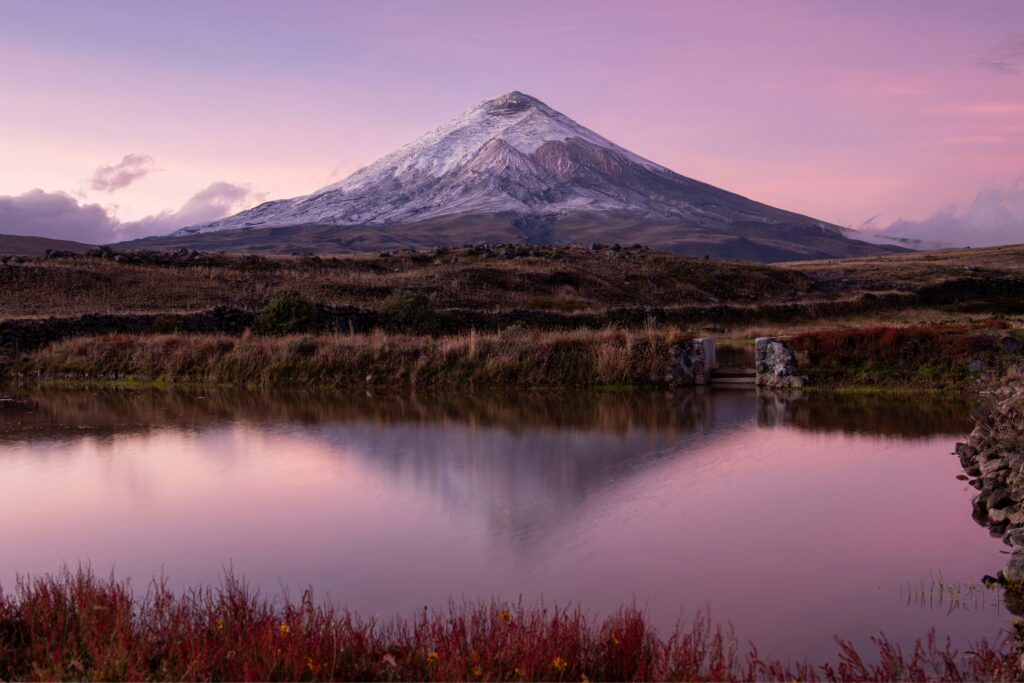
When I first set foot in Ecuador, I was mesmerized. The Andes were towering above me, the air was crisp, and the vibrant markets were bursting with life. But a few hours into my adventure, I realized that something was off. My head pounded, my stomach felt uneasy, and I struggled to catch my breath. That’s when I learned about altitude sickness the hard way.
If you’re planning a trip to Ecuador, especially to places like Quito or the Quilotoa Loop, you need to be aware of altitude sickness. This post breaks down what it is, why it happens, and how you can avoid it so your trip remains a safe adventure.
What is Altitude Sickness?
Altitude sickness, or acute mountain sickness (AMS), occurs when you’re at high altitudes—generally above 8,000 feet (about 2,400 meters). It’s your body’s reaction to decreased oxygen levels. In places like Quito, which sits at around 9,350 feet (2,850 meters), this can hit hard if you’re not prepared.
Symptoms to Watch Out For
Symptoms can vary from mild to severe. Here are the most common ones:
- Headaches
- Nausea or vomiting
- Dizziness or lightheadedness
- Fatigue
- Difficulty sleeping
If you start to feel any of these, don’t ignore them. Your body is trying to tell you something.
Why Does it Matter?
Understanding altitude sickness is crucial. Not only can it ruin your trip, but it can also become serious. In extreme cases, it can lead to lethal conditions like High Altitude Pulmonary Edema (HAPE) or High Altitude Cerebral Edema (HACE), although they are rare. Here’s the problem: many travelers underestimate the risk.
Preparing Before You Go
Being aware of altitude sickness is just the start. Here are some essential tips to help you prepare for your trip.
Acclimatize Gradually
Take your time getting used to the elevation. Spend a day or two at lower altitudes before heading to places like Quito. If you venture higher into the Andes, consider ascending gradually. This will help your body adjust.
Stay Hydrated
Drink plenty of water. The high altitude can dehydrate you quickly. Aim for about 2-3 liters a day. Herbal teas or electrolyte drinks can also help keep you hydrated.
Avoid Heavy Meals and Alcohol
It might be tempting to indulge right away, but rich foods and alcohol can make symptoms worse. Stick to light meals, particularly in the first few days. And save the drink for when you’re acclimatized.
What to Do If You Start Feeling Sick
If symptoms hit, don’t panic. Here’s a simple guide to follow.
Descend If Necessary
This is the most effective way to alleviate symptoms. If you start feeling unwell, consider moving to a lower altitude. A quick descent can help you feel better almost immediately.
Rest and Relax
Take a break. Don’t push yourself to hike or explore when you’re not feeling well. Resting allows your body to recover.
Consider Over-the-Counter Meds
Some travelers find relief using ibuprofen for headaches. Antacids can help with nausea. Just remember to stick to what you know your body can handle. If symptoms worsen, seek medical attention.
Community Wisdom: Stories from Travelers
Real travelers often share valuable insights. For example, one friend of mine took it slow and spent an extra day in Cuenca to adjust. It made all the difference for her. Others say they chewed on coca leaves, claiming they helped with adjustment. Many swear by herbal teas rich in antioxidants. It’s worth trying what feels right for you.
Enjoying Your Adventure Safely
Altitude sickness doesn’t have to ruin your experience in Ecuador. By following these tips and paying attention to your body, you can enjoy the breathtaking landscapes and rich culture without the unwanted headache (literally). Related: Learn more about Ecuador’s stunning hikes and adventures.
Traveling is all about experiences. Don’t let the fear of altitude sickness hold you back. Know the risks, prepare yourself, and you’ll create memories that last a lifetime. You’ve got this.
**Related Reading:** – [Related: How to Plan a Solo Trip on a Budget] – [Related: Top Destinations for First-Time Solo Travelers] **#SoloTravel #Altitude #Sickness #Ecuador #Travelers #Safe #Adventure**